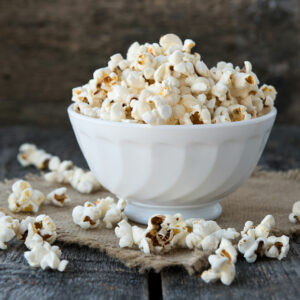
01
5 foods that can help fight lung cancer
Different foods can have positive effects on our body and mind. There are foods that may help fight lung cancer and other types of cancers. However, patients who are already affected by lung cancer should be more careful with their dietary habits and food choices. Some vitamins and minerals may be beneficial for the body during the course of treatment – chemotherapy, medication, and radiation. Studies show that there are potential cancer-fighting fruits, vegetables, and food items that could make a significant difference in the health of a person. Let us now look at those specific foods that inhibit the growth of cancer cells or stop them from becoming metastatic. Foods that may help fight lung cancer Is there anything as a lung cancer diet? Technically, there isn’t anything such. However, some foods may help fight lung cancer or even prevent the disease. It is debatable. There’s no reason to fret. Multiple studies are still looking into the effect of diet on cancer cells already present in the body. The lists of foods given below discuss the nutritional value and their effects on lung cancer. If you are already affected by lung cancer and are going through chemotherapy and radiation therapy, this information might prove to be helpful. Green tea: Green tea is believed to be very effective in fighting lung cancer. Not only does it play a preventive role but it may also benefit people living with this disease. Green tea contains caffeine in very less quantity. So, if you have caffeine sensitivity, you have to look for a caffeine-free option. Pears: A recent study showed that fruits like apples and pears induced apoptosis which is programmed cell death in cancer cells. These fruits contain phloretin, a phytochemical, which may be used as an adjunct for the treatment of non-small lung cancer cells.
Read More 










